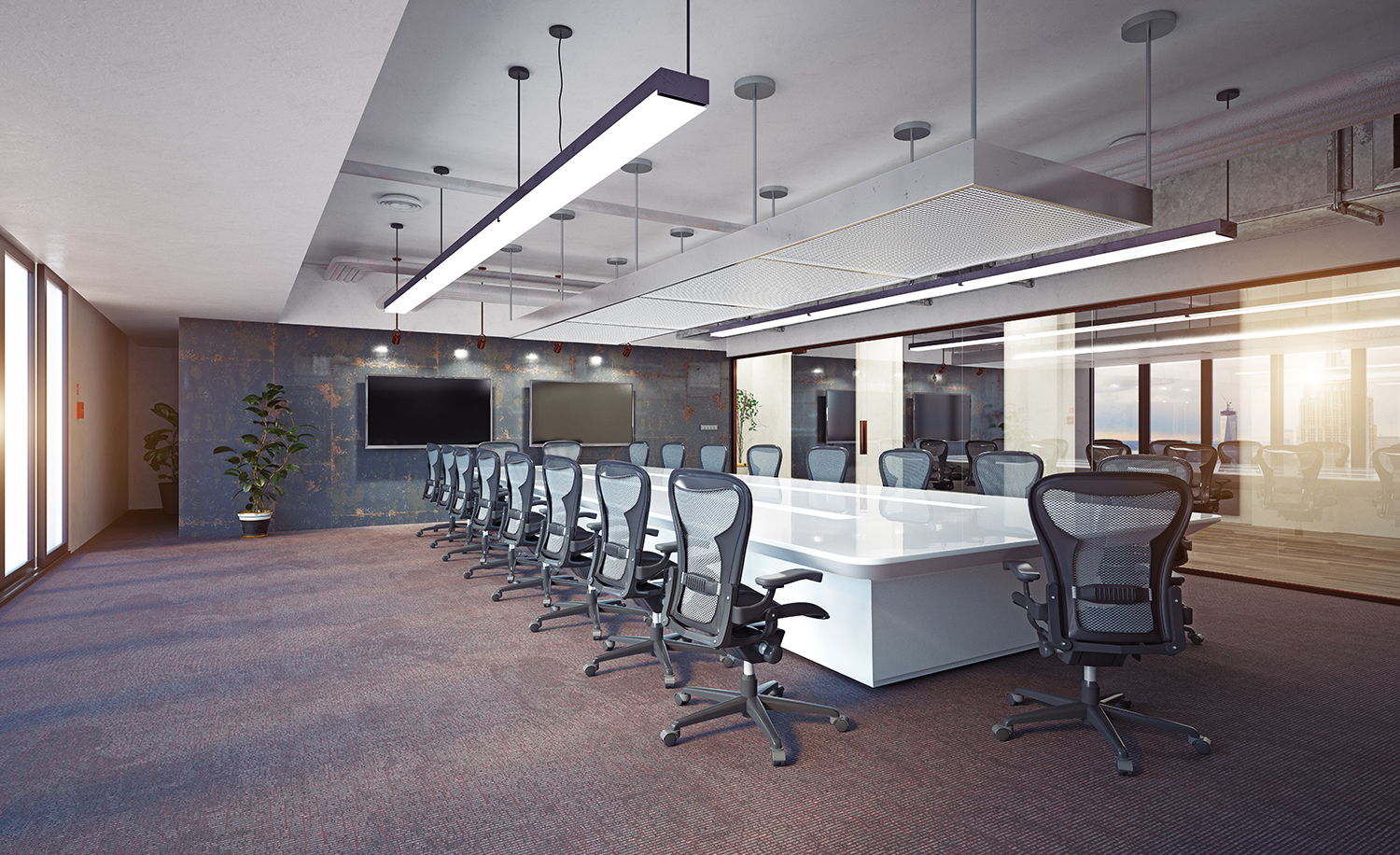Breaking Down the Concept of Build-to-Suit in Commercial Real Estate [Updated on: March 2024]

Build-to-suit refers to a commercial property that is constructed or customized specifically for a tenant before the lease agreement is signed. Some key aspects of build-to-suit projects include:
Tenant-driven design:
The tenant has substantial control over the design, layout, features, and specifications of the building to suit their unique operational needs. This results in a highly customized space that maximizes functionality and efficiency for the tenant's business. The level of customization can range from tailored to fully bespoke based on budget and requirements.
Long-term leases:
Build-to-suit projects typically involve long-term leases, often 10-20 years or more, to provide stability and assure returns on the investment required to construct and customize the property. Lease terms will factor in the useful life of any specialized equipment or technology installed within the building. Shorter leases increase uncertainty and risks for the developer.
Higher cost:
Developing a fully customized build-to-suit property tends to cost significantly more than a general-purpose speculative building due to the level of design, premium materials, and additional features required to meet the tenant's needs. Higher costs mean developers must charge higher rents to achieve acceptable returns, while tenants must forecast substantial long-term savings or business benefits to warrant additional rent.
Limited alternative use:
A highly specialized build-to-suit property may have limited utility for alternative tenants if vacated during or after the initial lease term. This contributes to potentially higher vacancy periods and greater challenges renovating the space for a new tenant with different needs. However, general-purpose flex space and infrastructure can provide more flexibility. Build-to-suit projects are best for long-term tenants committed to a location.
Shared risks:
Build-to-suit development risks, like higher costs, long construction periods, and controlling customized specifications, are shared between tenants and developers. Tenants risk paying higher rents for a space that may not end up matching needs or expectations, while developers risk losing money if a tenant withdraws from a project or goes out of business before rent payments are sufficient to recoup investment. Strong, experienced partners with shared interests in successful outcomes have the lowest risks.
Often pre-leased:
Most build-to-suit projects are pre-leased to an anchor tenant before construction begins based on their requirements and a mutually agreed design and budget. The pre-lease provides income stability for the developer during what can be a lengthy process. However, if a pre-lease falls through during development due to issues with the tenant, the project faces significant risks around cost recovery, alternative use, and re-leasing the space. Pre-lease terms warrant careful review.
In summary, build-to-suit development can be rewarding when demand is strong from a high-quality tenant and the right partnerships and contracts are in place to share risks appropriately. But the level of customization, complexity, and uncertainty involved also make these projects prone to higher costs and the potential for loss. With thorough analysis and mitigation strategies for key variables outside the control of either party, the collaborate nature of build-to-suit allows creating highly functional properties that serve tenant and owner interests for the long run. Success depends on commitment to shared goals over the lifetime of leases and beyond.
Interested in buying a property?
Leave your details – we’ll call within 5 minutes.
Comments
No comments yet. Be the first!